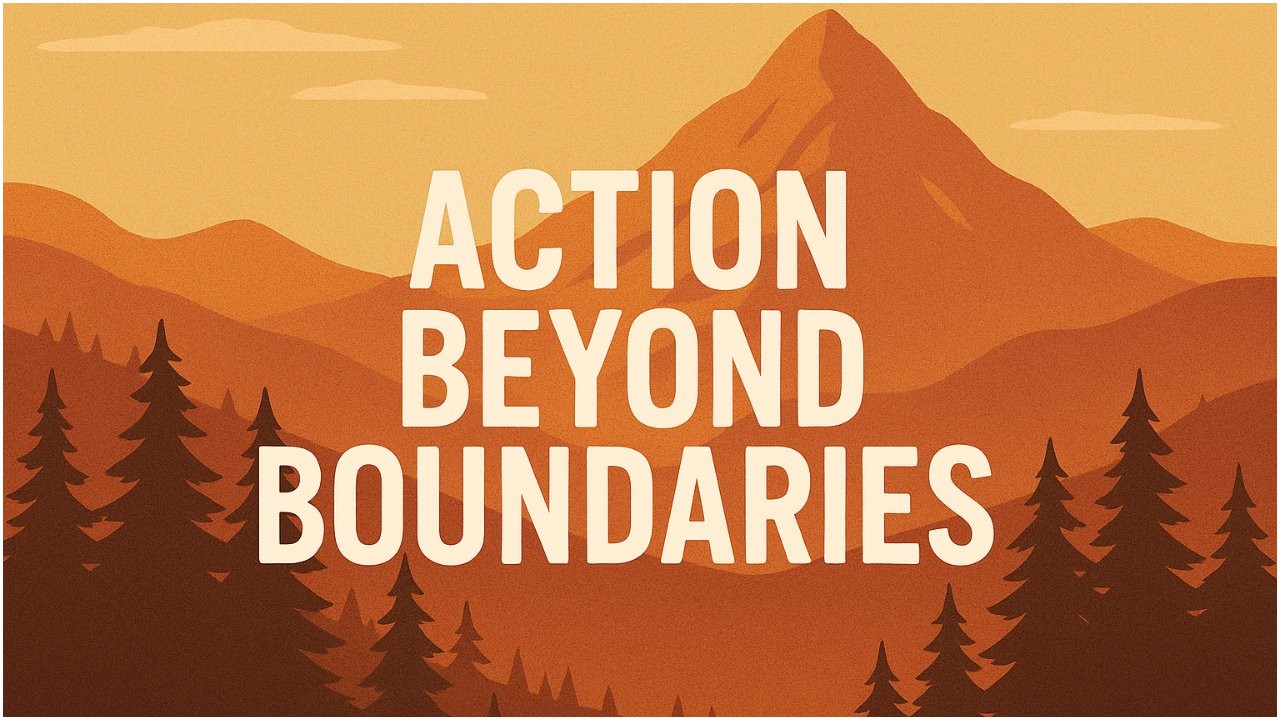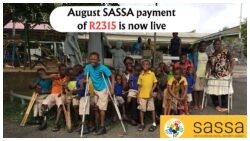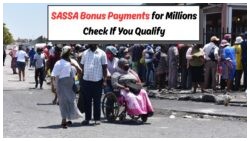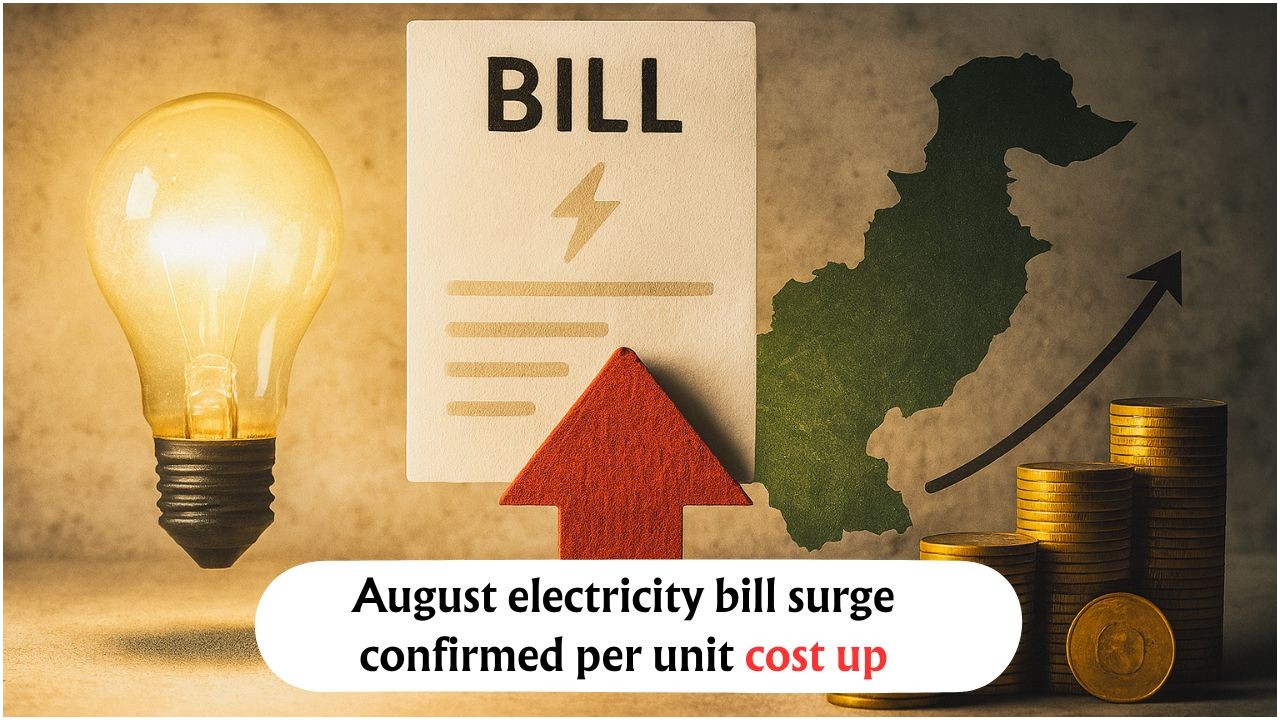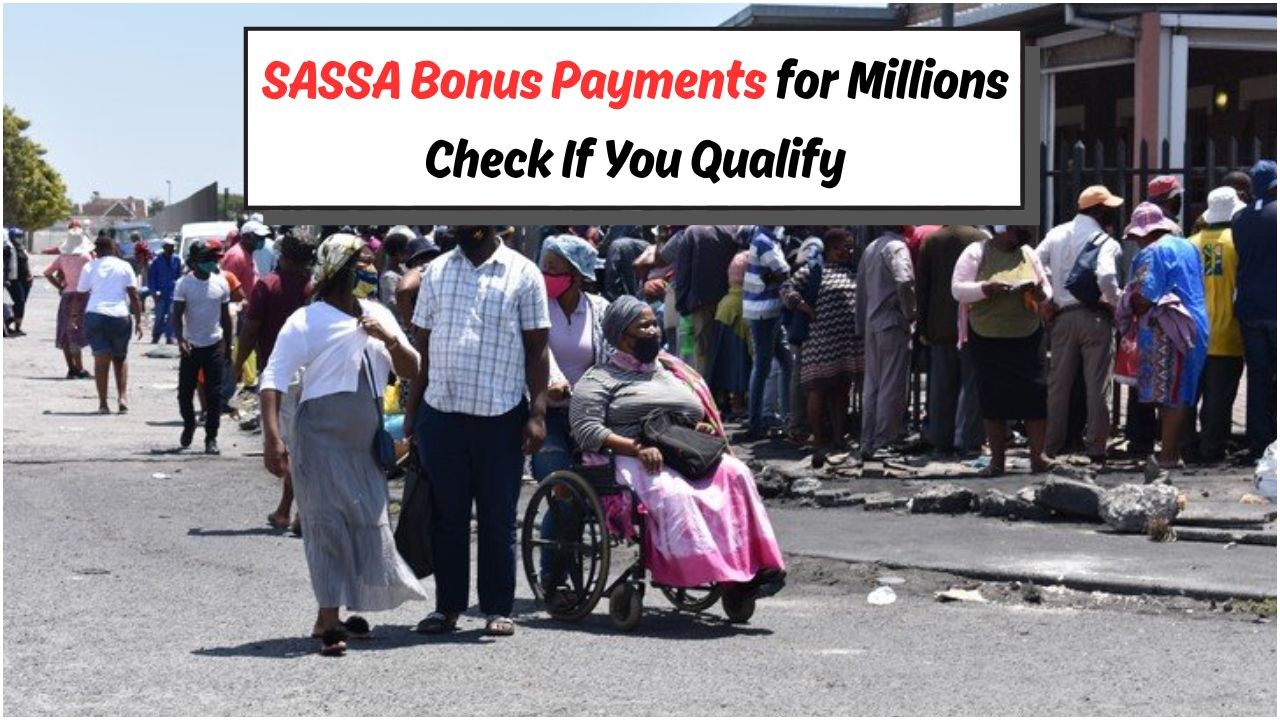Action in Isolation – In times of great crisis or unexpected hardship, what often saves communities isn’t just infrastructure or policy—it’s people. The story of “Action in Isolation” is one that stands out as a beacon of hope, reminding us that even in the most isolated situations, human spirit, unity, and empathy can drive powerful change. Whether facing a pandemic, natural disaster, or widespread poverty, the efforts of individuals and small groups acting with compassion have helped rewrite the outcomes for countless lives. This article dives into how the movement “Action in Isolation” came to represent a powerful combination of community solidarity, compassion-driven responses, and courageous action. We’ll explore its impact, structure, and legacy, while drawing lessons for future social empowerment efforts.
What is “Action in Isolation”?
Action in Isolation refers to a grassroots initiative started during the COVID-19 lockdown period, where volunteers, nonprofit workers, and everyday citizens came together to support vulnerable populations left stranded by the pandemic. The phrase, however, has now become symbolic of any collective action that rises from a state of physical or social isolation.
Key Objectives:
- Provide immediate aid to the sick, elderly, and unemployed
- Deliver food, medicine, and emotional support to the marginalized
- Empower communities to take care of one another in absence of formal systems
Community: The Heart of the Movement
Even though physical interaction was limited during lockdowns, the sense of community flourished in surprising ways:
Virtual Networks for Local Help:
- WhatsApp and Facebook groups were created in every ward and locality.
- People volunteered to deliver groceries, assist in medical emergencies, and raise funds for those in need.
Role of Local Leaders:
- Ward councillors, school teachers, and retired doctors stepped up.
- Trust was built through familiar faces taking charge and encouraging neighbors to help each other.
Case Example:
In Johannesburg’s southern suburbs, a group of teenagers ran daily errands for elderly residents, ensuring zero contact by leaving groceries at the doorstep.
Compassion: The Driving Force
While government relief systems were overwhelmed or delayed, compassion became the quickest response mechanism. Compassion took many forms:
Feeding the Hungry:
- Community kitchens popped up in garages and parks.
- Local businesses donated unused inventory or meals.
Mental Health Outreach:
- Therapists offered free counseling sessions online.
- Volunteers created daily check-in calls for elderly people living alone.
Donations:
- Instead of just money, people donated clothes, books, unused electronics, and even offered tuition classes for children who had no access to online education.
Human Stories:
- In Cape Town, a nurse who had lost her job started a meal distribution service from her backyard. She fed over 150 people a day—mostly mothers and children.
Courage: Ordinary People, Extraordinary Action
Taking action in isolation required immense courage, especially from those who stepped up in unfamiliar roles.
Frontline Volunteers:
- Many volunteers had never done aid work before but faced COVID risks bravely to deliver help.
Women-Led Initiatives:
- In areas where male breadwinners were absent, women formed local groups to support each other, run kitchens, and share childcare duties.
Youth Engagement:
- School and college students led digital awareness campaigns on hygiene, vaccination, and online scams.
Courageous Acts:
- In Durban, a 12-year-old boy raised R30,000 through online art sales to support abandoned animals during lockdown.
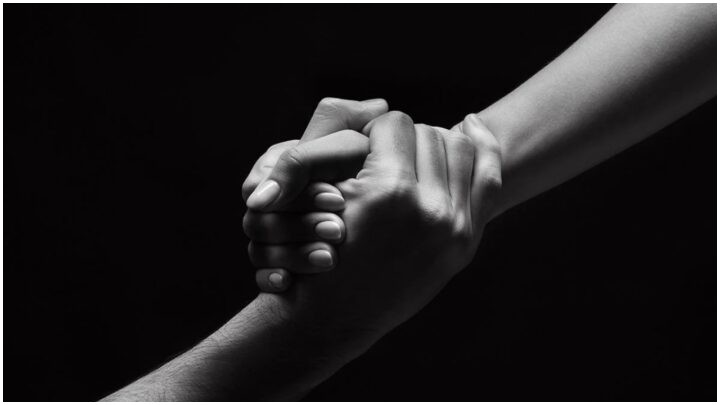
Long-Term Impact of “Action in Isolation”
The efforts went far beyond short-term relief. They:
- Built lasting community trust networks.
- Encouraged new local leadership.
- Paved the way for future disaster preparedness frameworks.
- Inspired government policy improvements around community health outreach and food security.
Many of the WhatsApp groups and local initiatives born out of crisis are now formal NGOs or registered community projects.
Key Lessons from the Movement
- You don’t need resources to make a difference—you need initiative.
- Digital tools can build powerful human connections, even during physical separation.
- Empathy is more contagious than fear, especially when people act together.
- Young people are not just the future—they are powerful changemakers now.
- When communities lead, transformation becomes sustainable.
“Action in Isolation” is more than just a phrase. It symbolizes the hidden strength within every community. When people act with compassion and courage—even when they feel isolated—the results are truly transformative. Whether in South Africa or anywhere else in the world, the model stands as a blueprint for rebuilding society from the ground up—person by person, street by street.
Even as the world slowly recovers from the pandemic’s shadow, the energy and example of this movement should never be forgotten. It shows that where community, compassion, and courage collide, hope is reborn.
FAQs of Action in Isolation
Q1: What inspired the “Action in Isolation” movement?
A: It began during the COVID-19 lockdown to help isolated and vulnerable people with food, care, and support.
Q2: Who were the main contributors to this initiative?
A: Volunteers, local youth, retired professionals, and women-led community groups played leading roles.
Q3: Is “Action in Isolation” still active today?
A: Yes, many initiatives have evolved into permanent community networks and nonprofits.
Q4: What kind of support was provided?
A: Food, medicine, mental health check-ins, donations, and emergency help during isolation periods.
Q5: How can someone start a similar initiative in their area?
A: Start small—build a local digital group, identify needs in your area, and inspire volunteers to contribute.
